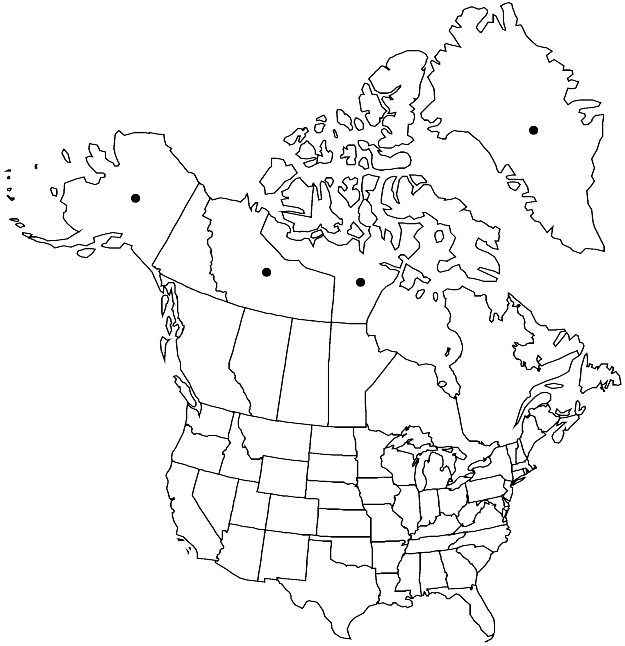Difference between revisions of "Orthothecium acuminatum"
Bryoph. Itin. Pol. Norv., 126, plate 1, fig. 4. 1906.
imported>Volume Importer |
imported>Volume Importer |
||
| Line 48: | Line 48: | ||
|publication year=1906 | |publication year=1906 | ||
|special status=Endemic | |special status=Endemic | ||
| − | |source xml=https:// | + | |source xml=https://bitbucket.org/aafc-mbb/fna-data-curation/src/2e0870ddd59836b60bcf96646a41e87ea5a5943a/coarse_grained_fna_xml/V28/V28_869.xml |
|genus=Orthothecium | |genus=Orthothecium | ||
|species=Orthothecium acuminatum | |species=Orthothecium acuminatum | ||
Latest revision as of 21:38, 5 November 2020
Plants very small, in tufts, brownish proximally, golden green distally. Stems 3–4 cm, 0.5 mm wide, erect to ascending, sparsely branched. Leaves closely appressed-imbricate, straight, broadly ovate, not or slightly plicate, 0.6–0.8 mm; margins plane, slightly serrate distally; apex abruptly very short-acuminate to apiculate; ecostate; basal laminal cells shorter than medial cells, deeply pigmented; medial cells oblong to oblong-rhombic, 35–40 × 9 µm. Specialized asexual reproduction absent. Sporophytes unknown.
Habitat: Wet calcareous habitats, Arctic tundra
Elevation: low to moderate elevations
Distribution

Greenland, N.W.T., Nunavut, Alaska.
Discussion
Orthothecium acuminatum is distinguished by stems 0.5 mm wide and up to 4 cm long, with straight, broadly ovate, abruptly short-acuminate to apiculate leaves. The branches are often slender and stoloniferous, bearing minute leaves. The species is known in mainland North America only from a few localities in the Northwest Territories and one locality in Alaska. W. A. Weber (pers. comm. to R. R. Ireland) suggested that O. diminutivum (Grout) H. A. Crum & L. E. Anderson, described from Colorado, is synonymous with Isopterygiopsis pulchella (Hedwig) Z. Iwatsuki.
Selected References
None.